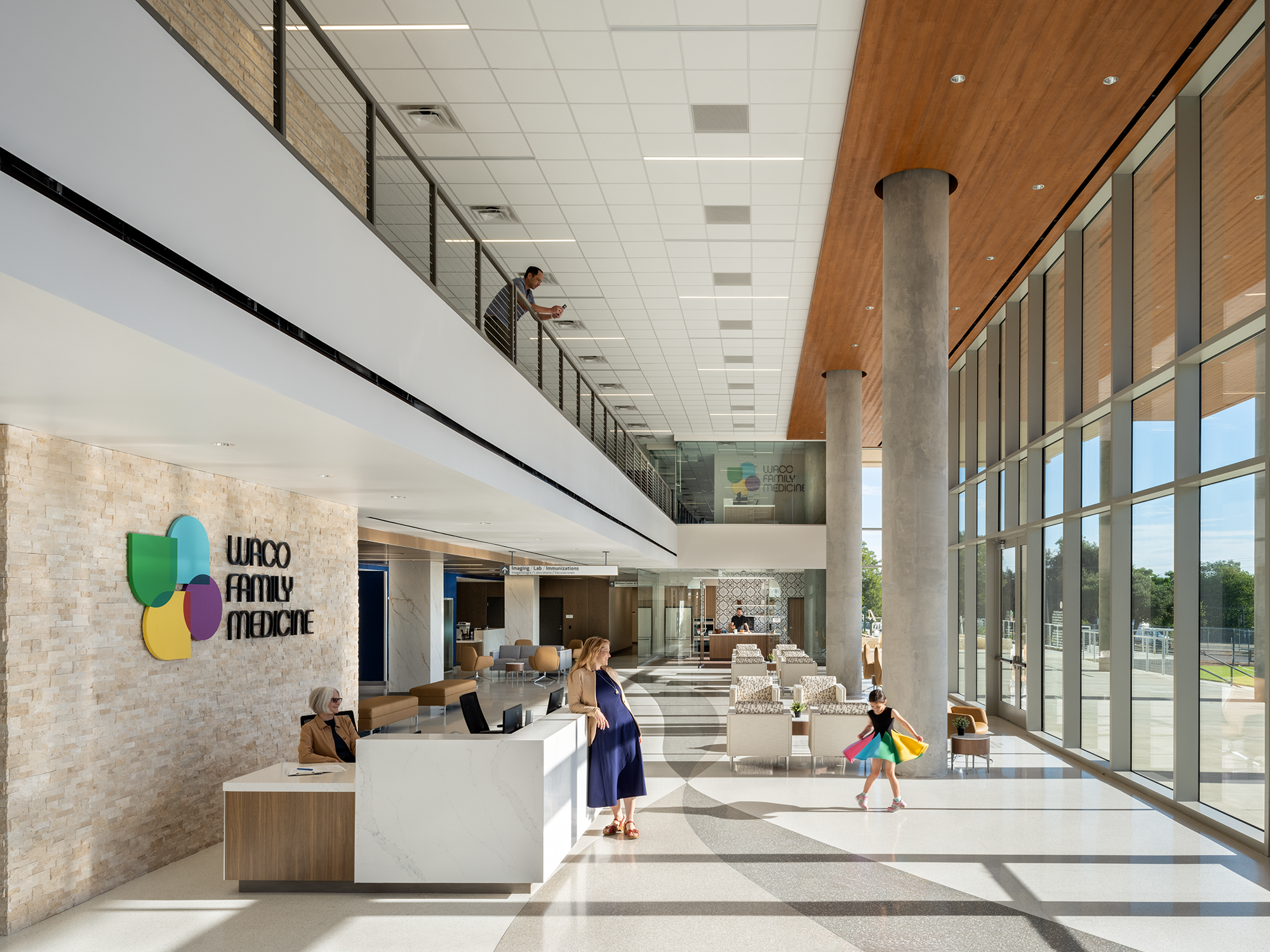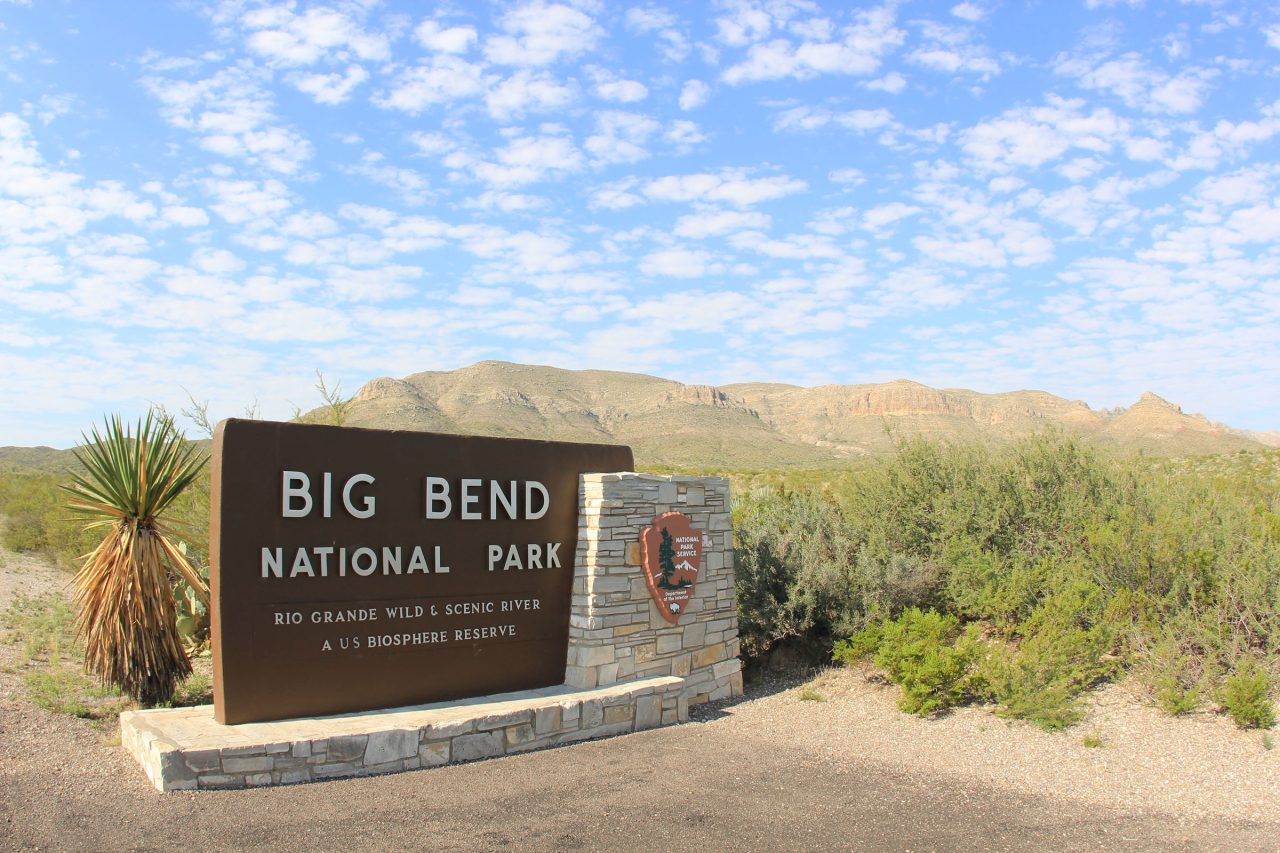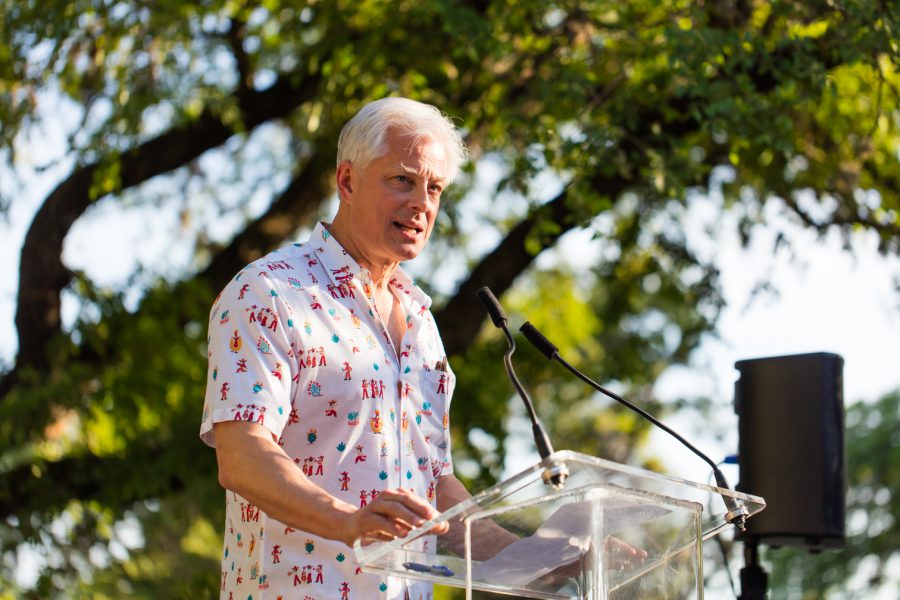
Op-Ed: World-Class Green Spaces for a World-Class City
Austin, known for its green spaces and outdoor experiences, has truly become a world-class city. As our city evolves, our green spaces need to grow to preserve Austin’s vaunted quality of life. I believe it’s crucial we fulfill a bold vision: to create a more connected city with modern green spaces that reflect the bond between art, nature and people.
Increasingly, major cities are creating iconic spaces that fire the imagination. Innovative projects like New York’s High Line and Storm King Art Center and others such as Discovery Green in Houston and Smale Riverfront Park in Cincinnati transform existing infrastructure and landscapes into beautiful, multi-use environments that are enjoyed by all.
Here at home, purely natural spaces like the Barton Springs Greenbelt and McKinney Falls are natural gems that are essential to our collective well-being, and we should do everything in our power to preserve and expand these treasures.
To fulfill this vision, significant resources are needed. Charitable and philanthropic organizations have a unique opportunity to provide funding to help effect change within some promising new programs.
For instance, the City of Austin, the Moody Foundation and other charitable organizations have partnered with Waller Creek Conservancy on its $230 million project to create a chain of urban parks by 2025. The Moody Foundation is delighted to help fund these efforts with a $15 million gift toward the construction of the Moody Amphitheatre at the new Waterloo Park, which is expected to open by 2020. The park aims to draw people from across the city, and will feature outdoor activities for everyone to enjoy.
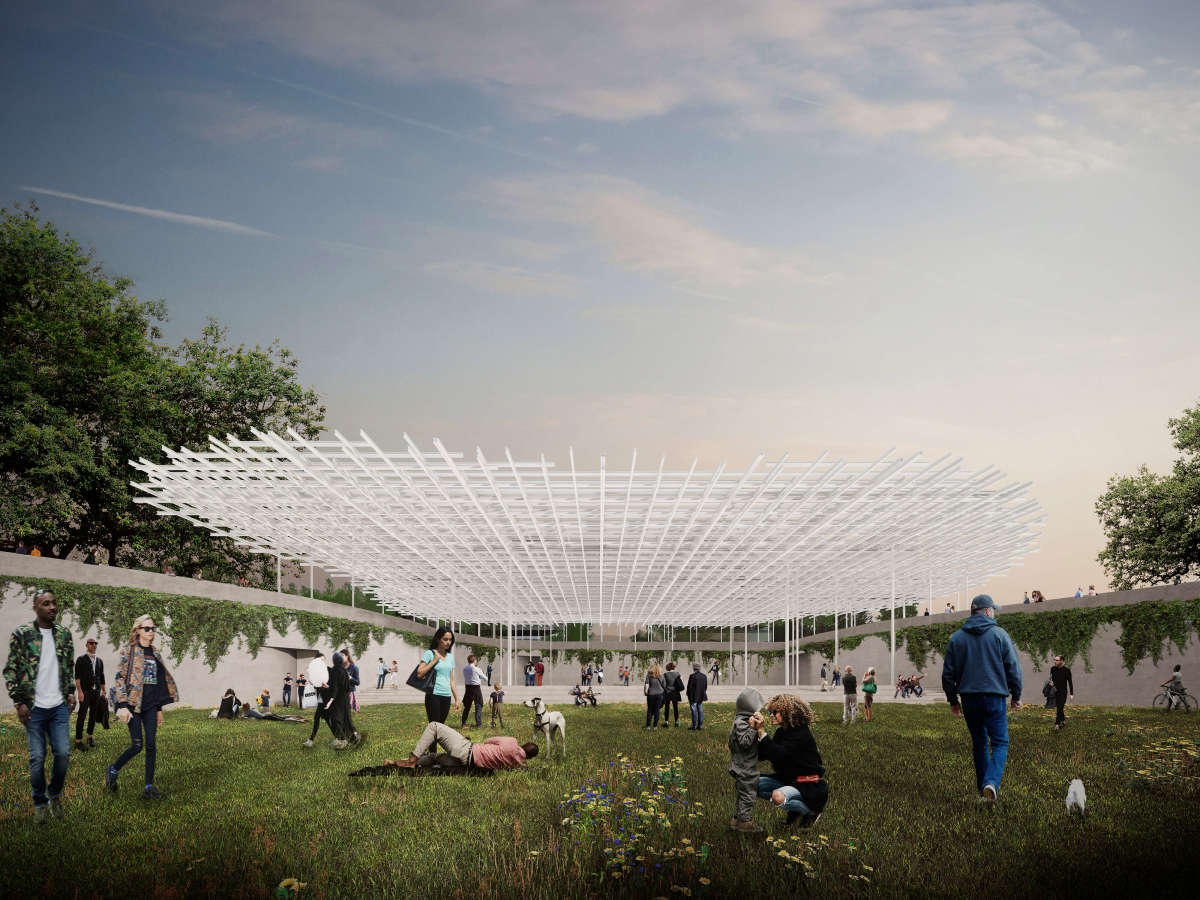
Transforming Waller Creek is just one small part of the overall mission to create an ecosystem of masterfully designed green spaces. Pease Park Conservancy, Violet Crown Trail and other organizations are working toward this goal too.
With the help of Mayor Adler, his wife, Diane Land, and many other inspirational civic leaders, we see that Austin is already making headway on this world-class standard with other wonderful outdoor projects like The Trail Foundation’s Boardwalk on the Ann and Roy Butler Hike-and-Bike Trail, The Contemporary Austin – Laguna Gloria and the grounds of the Blanton Museum.
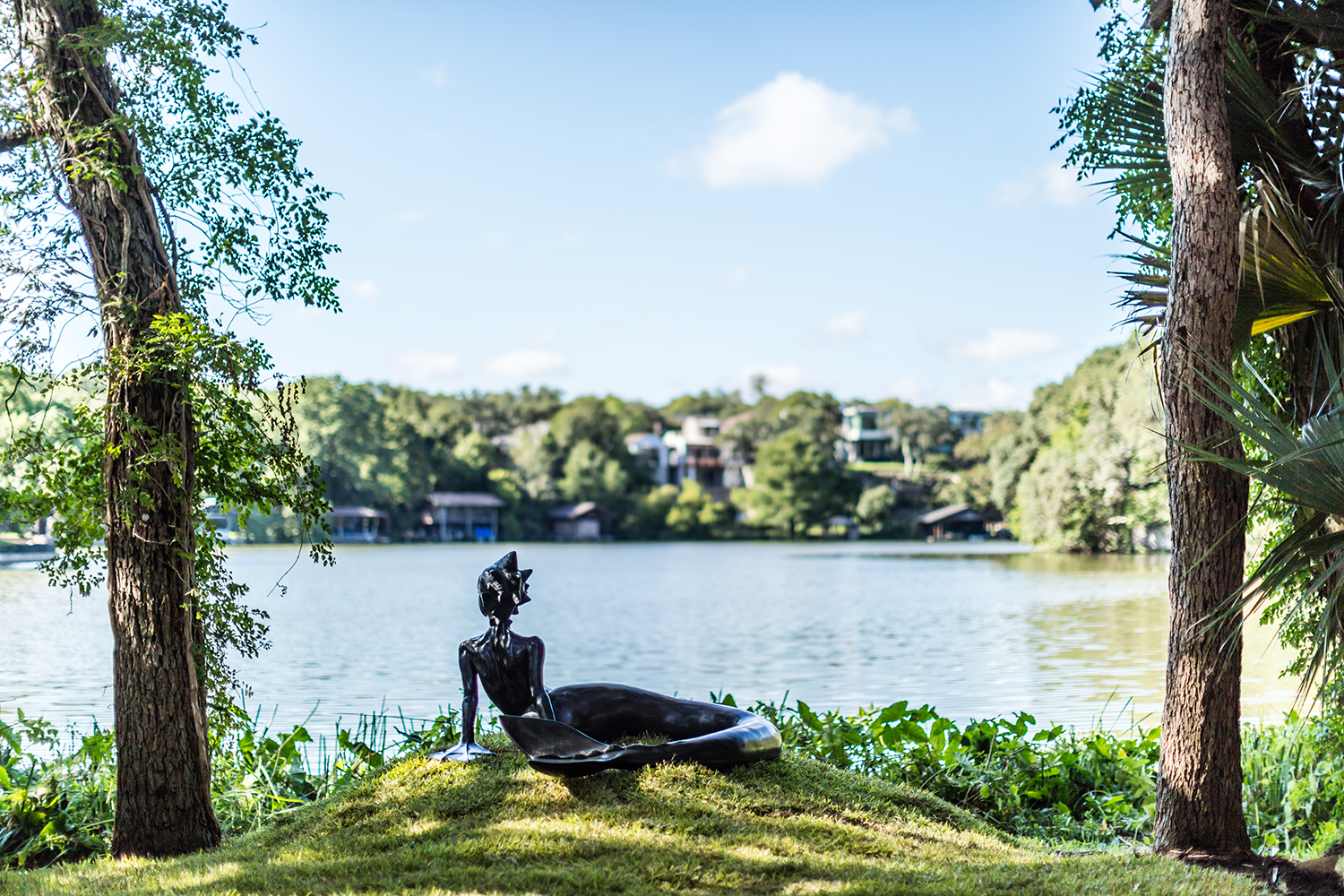
Recently, the new roughly $800 million development plan for the Walter E. Long Metropolitan Park gained unanimous support from the Austin Parks and Recreation Board. As reported by the Statesman, if the plan is approved, “funding will be a major factor in determining the speed and ultimate extent of the park’s development.”
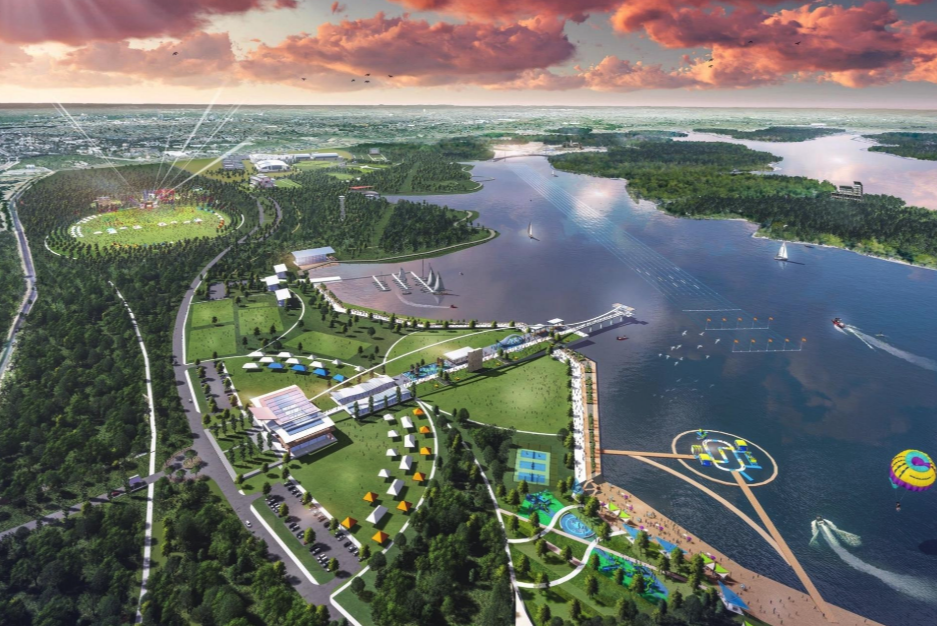
This outdoor mentality has benefited all of Austin over the years. A recent study showed that growing up near vegetation is associated with an approximate 55% lower risk of mental health disorders in adulthood, while some doctors are now prescribing time outdoors as a cure for common ailments. Additionally, the Healthy Parks Plan for Travis, Bastrop and Caldwell counties, which is being supported by St. David’s Foundation, is aiming to increase access to and grow healthy communities through green spaces. With our positive, laid-back attitude, Austinites provide clear evidence that these findings have merit.
Austin has established itself as one of America’s most admired cities with our live music scene, breakfast tacos, and outdoor spaces and culture. To continue living up to this reputation, let’s all find ways we can continue to support our green spaces. In doing so, we’re respecting Austin’s past and what makes our city special while continuing the vitality of these spaces and historic gems for current and future generations to enjoy.

